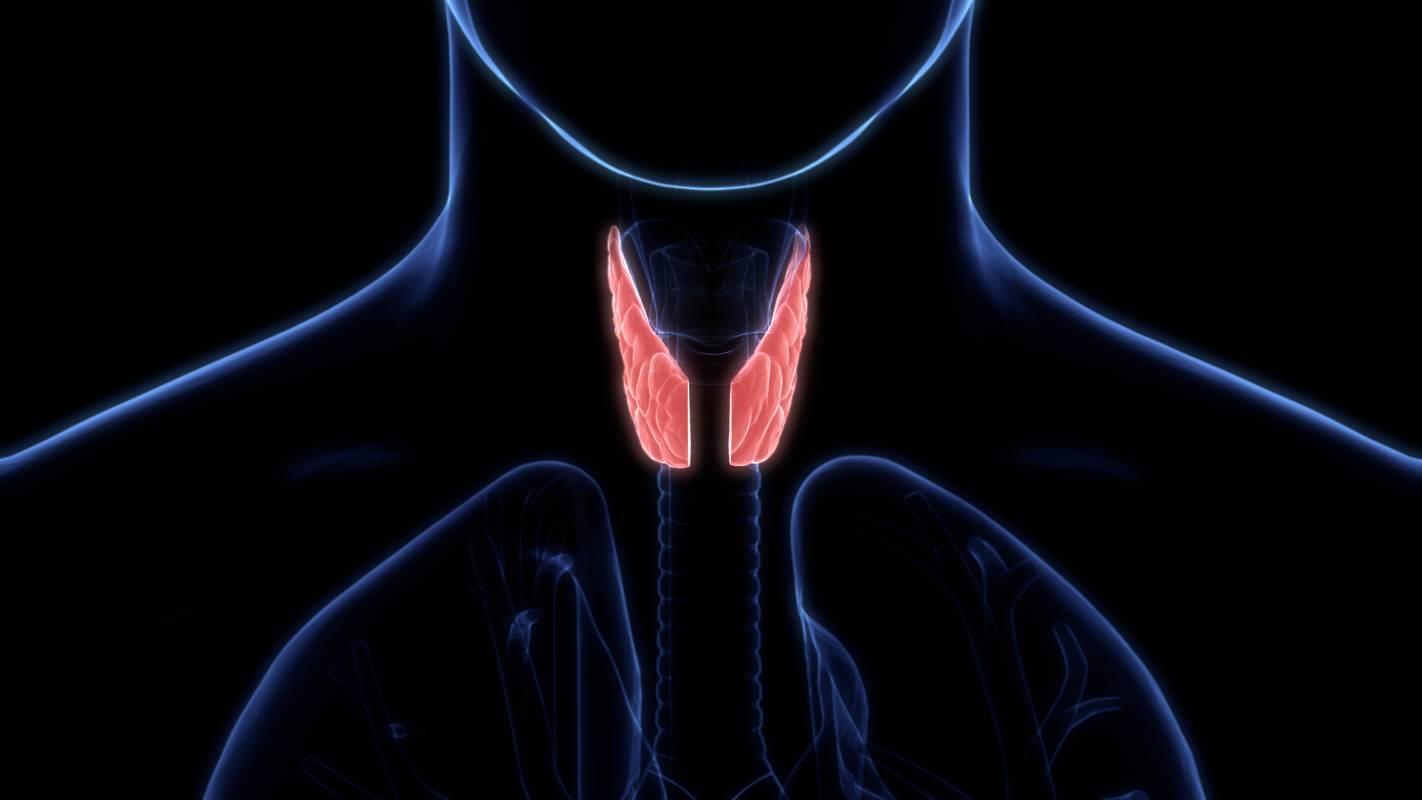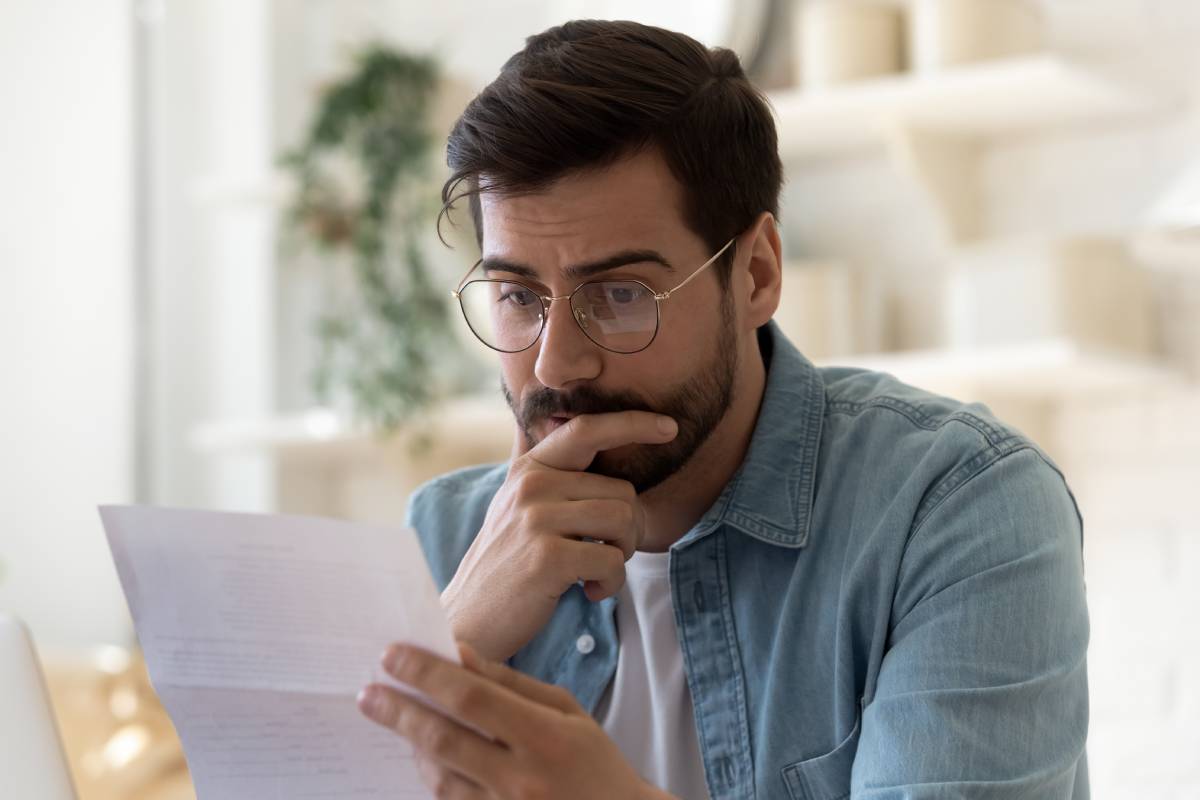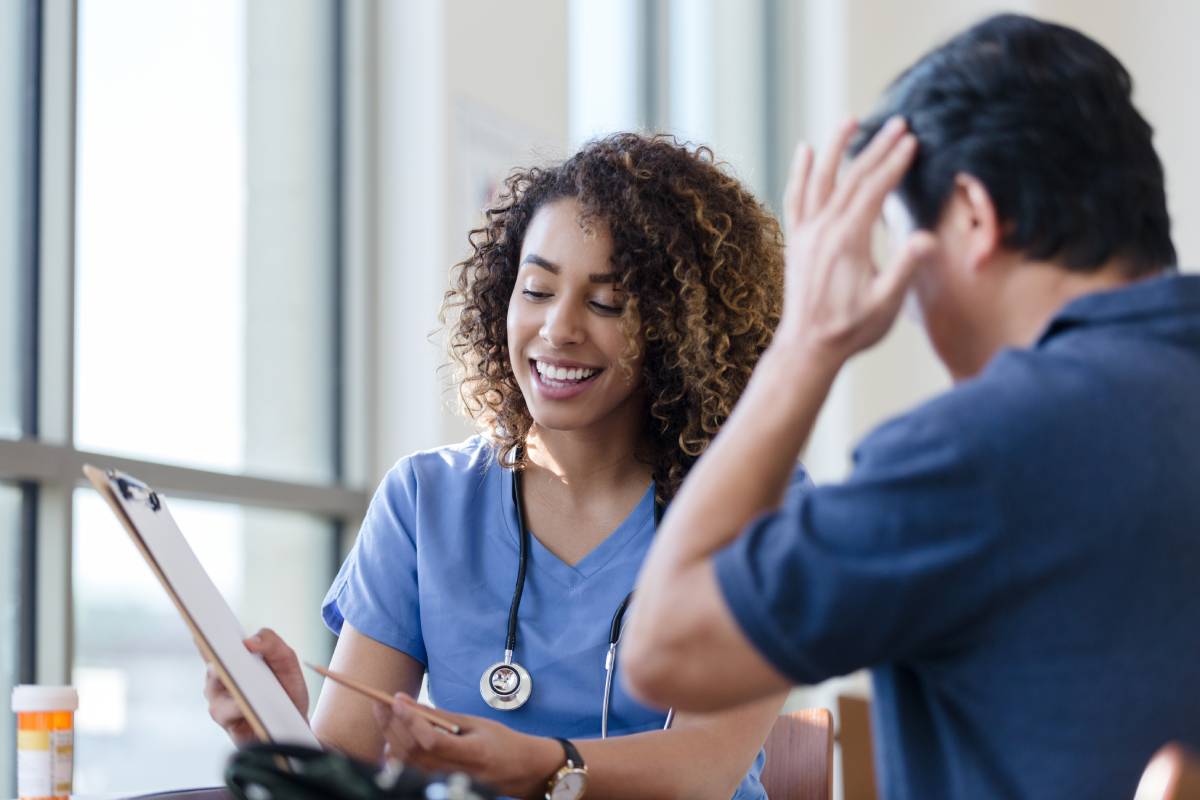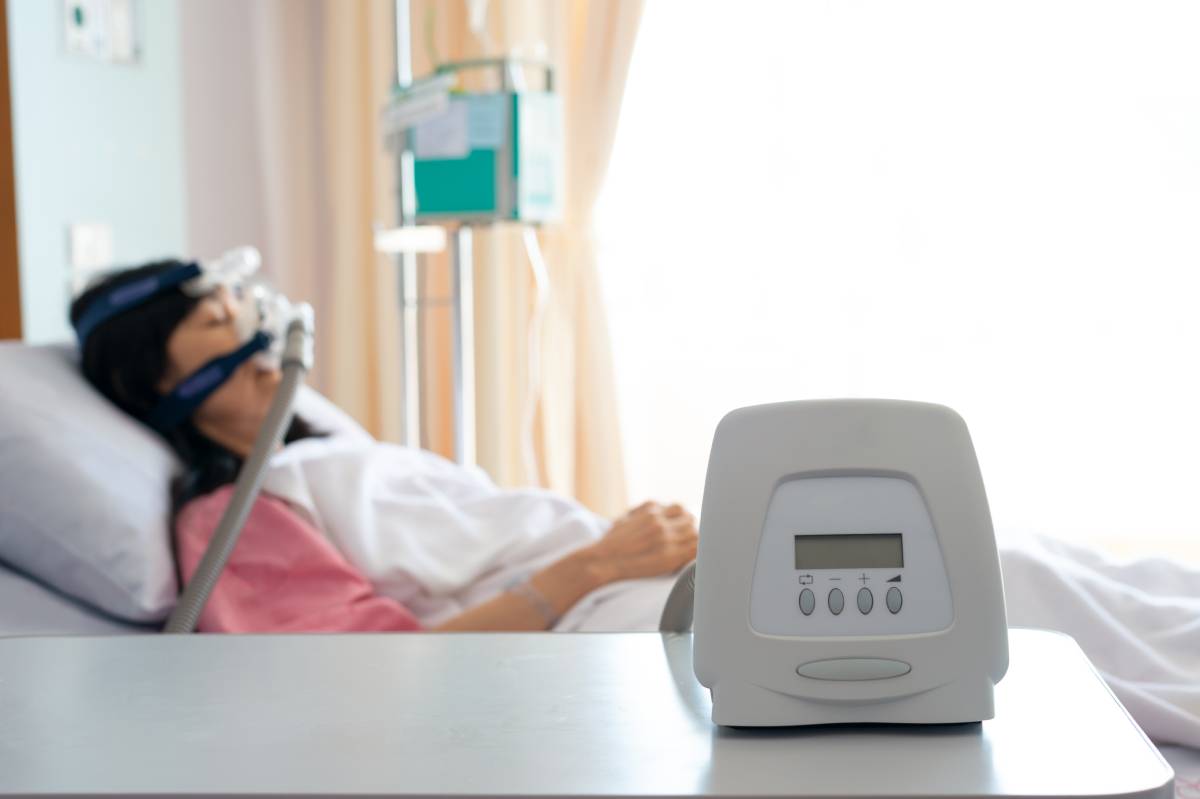Historically, pain medicine was a subset of the general field of anesthesiology [1]. With the advent of nerve procedures, however, the two disciplines evolved to encompass increasingly separate, but nevertheless interrelated, functions [1]. These two fields have differing roles, educational requirements, and treatment options.
Pain medicine doctors, also referred to as pain management doctors, specialize in the diagnosis, management, and treatment of pain and painful disorders [2]. They assist patients with varying pain levels, ranging from acute to chronic [2]. Alternatively, anesthesiologists are experts in providing medical care for patients at every step of surgery [3]. Their major focus is sustaining life function during operations, which means that they are trained in pain management, but approach pain from a specific perspective [3].
There are two categorizations within the overall discipline of pain medicine: “medical pain” and interventional [1]. Medical pain is the broader category. Practitioners in this field can include family medicine doctors, internists, and psychiatrists [1]. Accordingly, they come from a diverse range of educational backgrounds–pain medicine doctors may have completed residencies in neurology, psychiatry, rehabilitation, or physical medicine, among other disciplines [2]. They primarily work with people who suffer from chronic ailments and, therefore, may require long-term medical treatment and, in some cases, opioids or other medications [1]. These doctors can prescribe a varied range of treatment options, either separately or in combination, to alleviate patients’ pain [4]. For instance, physicians may recommend interdisciplinary treatment plans that combine physical therapy, psychotherapy, and acupuncture [4].
While the distinction between anesthesiologists and the doctors providing care for pain relief as described above is evident, the boundary between pain medicine and anesthesiology is more blurred when considering interventional pain physicians. Interventional doctors treat their patients by way of more complicated pain management procedures and techniques [1]. They can administer spine injections, nerve blocks, and implantable devices [1]. As such, they are often trained in anesthesiology. In the United States, interventional pain management physicians must finish one year of internship, a residency in either anesthesiology, neurology, psychiatry or rehabilitative medicine, and a one-year-long fellowship in pain management [1].
Today, there remains some debate about the intersection between anesthesiology and pain management, most notably pertaining to the treatment of chronic pain. Anesthesiologists receive specialized training in acute pain, but they do not necessarily study chronic pain management [5]. As a result, some physicians have advocated for educational reform that would either incorporate chronic pain training into the anesthesiology curriculum or further distinguish chronic pain treatment from anesthesiology [5]. While it is unclear which path the medical community will take, the dual training that many interventional pain doctors receive in anesthesiology and pain management appears to be a step in the right direction.
Millions of patients experience pain every year [6]. Fortunately, anesthesiologists and pain management doctors can offer a diverse range of treatment options to their patients. By keeping in mind the respective strengths of these two classes of practitioners, patients will hopefully have a greater chance of receiving appropriate and effective pain relief.
References
[1] “What Does a Pain Management Doctor Do?,” Integris Health, Updated September 21, 2020. [Online]. Available: https://integrisok.com/resources/on-your-health/2020/september/what-does-a-pain-management-doctor-do.
[2] S. Lewis, “Pain Medicine Doctor: Your Pain Relief & Pain Management Specialist,” Healthgrades, Updated December 21, 2017. [Online]. Available: https://bit.ly/3oWLj2X.
[3] S. Lewis, “Anesthesiologist: Your Surgical Anesthesia & Pain Management Specialist,” Healthgrades, Updated January 21, 2020. [Online]. Available: https://bit.ly/3oU5O08.
[4] “What does a pain management doctor do?,” Drugs.com, Updated August 24, 2021. [Online]. Available: https://www.drugs.com/medical-answers/pain-management-doctor-3560974/.
[5] J. D. Loeser, “The Education of Pain Physicians,” Pain Medicine, vol. 16, no. 2, p. 225-229, February 2015. [Online]. Available: https://doi.org/10.1111/pme.12335.
[6] R. Sinatra, “Causes and Consequences of Inadequate Management of Acute Pain,” Pain Medicine, vol. 11, no. 12, p. 1859-1871, December 2010. [Online]. Available: https://doi.org/10.1111/j.1526-4637.2010.00983.x.










